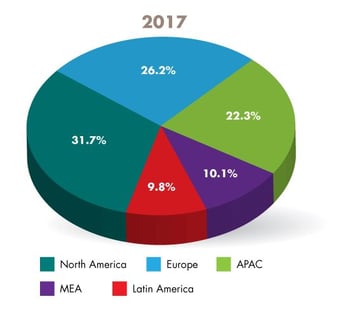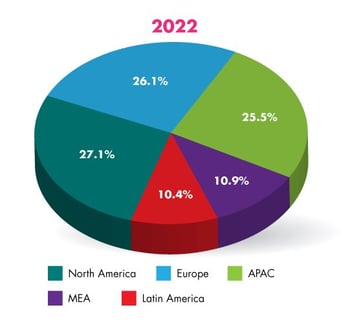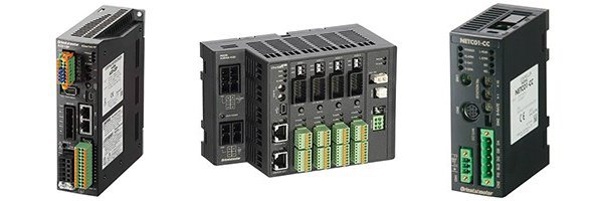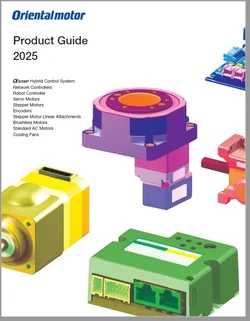Along with the advancement of industrial technology, maintenance methods of motion control components of a machine, such as motors, drives, and sensors, have also evolved.
Most of us still use the traditional "reactive" maintenance method in many aspects of life, such as replacing a dishwasher in your kitchen. People don't buy a dishwasher until theirs doesn't work anymore. Well, for factories that rely on consistent uptime for production, this wasn't the best strategy. Realizing the need for improvement, maintenance personnel started to estimate life and replace motion control components before they failed. This is called the "preventive" maintenance method, which also wasn't a perfect strategy for cost. More recently, with the advancement of IIoT (Industrial Internet of Things) technologies and real-time availability of status data, another method was made possible - the "predictive" maintenance method.
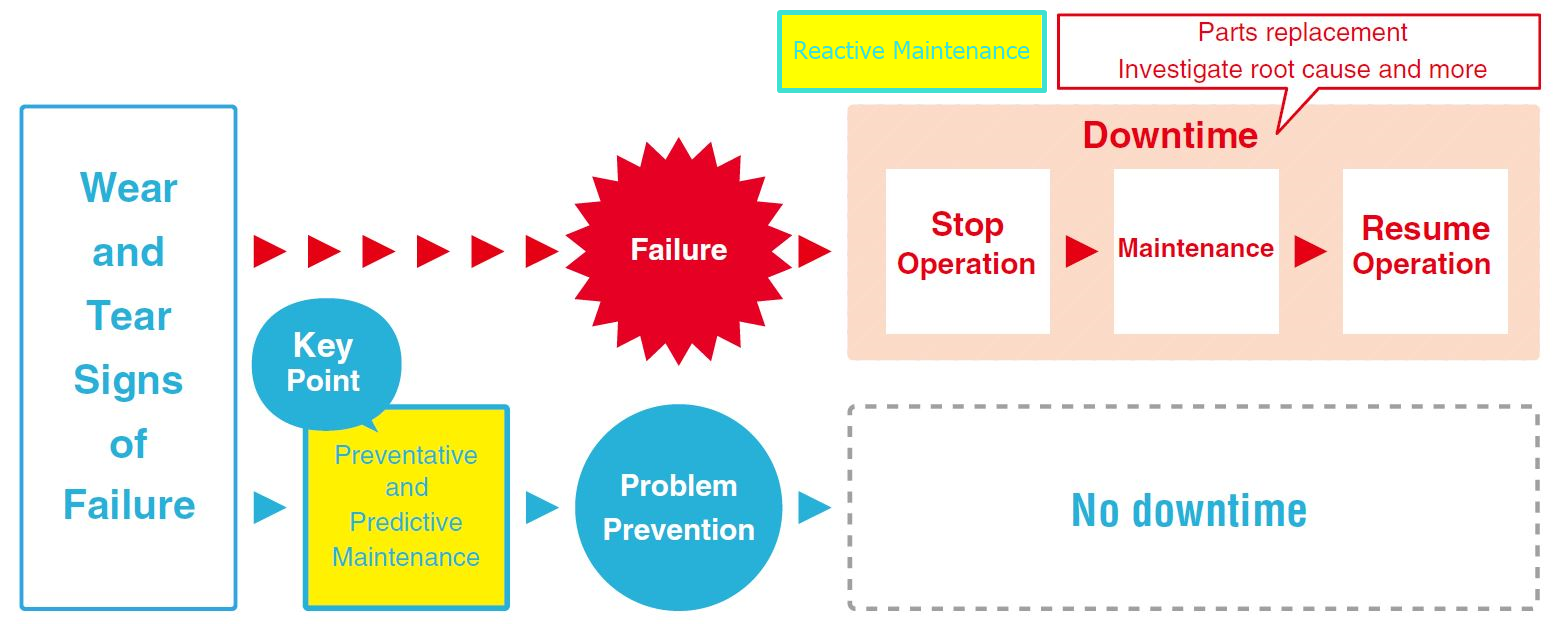
The chart above summarizes the process of the three common maintenance methods. The red arrows show the process for traditional "reactive" maintenance, and the blue arrows show the process for both "preventive" and "predictive" maintenance.
All three maintenance methods share a common goal of preventing downtime. The difference between the three methods is how they determine when to replace a component of a machine. In the traditional "reactive maintenance" method, a machine is maintained once a failure has occurred. However, as you can imagine, this "if it ain't broke, don't fix it" approach is not efficient and doesn't prevent downtime.
Both preventive and predictive maintenance methods can eliminate costly downtime. Both methods also use data to determine the end of life for machine components. However, only one has the ability to use real-time data instead of reference data, which can be shorter than actual life based on the load and operating conditions.
While preventive maintenance uses reference life data provided by manufacturers, predictive maintenance has the ability to use real-time data.
Let's explain these two newer maintenance methods by using a common analogy. Imagine the maintenance of your teeth. Preventive maintenance is when you follow a guideline that recommends a visit to a dentist's office every three months in order to "prevent" problems. Predictive maintenance is when you actually check your teeth in the mirror every day, then go to the dentist's office when symptoms occur. By observing for signs of tooth decay, you can "predict" and resolve a problem before it happens, and perhaps avoid a major surgery.

Now try to apply the same concepts to machine maintenance.
Preventive Maintenance uses reference data from motion control manufacturers to determine when components should be replaced in order to prevent downtime. However, simply relying on these reference dataisn't the best since manufacturers need to assume maximum operating conditions. This conservative life estimate can certainly eliminate downtime, but it may incur more cost than necessary as it may replace components before their actual end of life. For example, motor life is based on the service life of its bearings. However, bearing life is dependent on many factors, such as axial/radial loads, grease, and operating temperature. By understanding the factors that determine service life, you can extend life further.
Since maintenance and resources can be planned at fixed intervals, the advantage of preventive maintenance is that it's easy to prepare for all departments involved.
Predictive Maintenance uses actual collected data and specific triggers to alert maintenance personnel of potential failures before they occur. Many motor and driver systems now offer built-in sensors or feedback to provide real-time status updates to a host controller (PLC/HMI/IPC) via an industrial communication network protocol, such as EtherNet/IP, EtherCAT, Modbus...etc. You can choose what data to collect. Once the data is uploaded, machine learning and artificial intelligence can take over and more accurately predict when a component will fail based on specific triggers that are specific to the component. This new advancement in communication and AI has paved the way for a more efficient method to eliminate downtime, replace motion control components at exactly the right time, and reduce the costs of unnecessary replacements. These are the advantages of predictive maintenance.
One disadvantage of predictive maintenance is the necessary education for the maintenance personnel. A combination of IT and motion control skills would make the job easier for the maintenance team. It's also important to partner with a vendor who can deliver components quickly.
Example of Predictive Maintenance
Let's take a look at a common example of predictive maintenance and how it's actually applied. Smart devices for healthcare has been trending lately. I've seen a whole market created for these smart wearable devices that can monitor the health of a person, such as heart rate, steps taken, and calories burned. Some health monitoring devices can even perform electrocardiograms or provide estimates of blood pressure. Once you have a device that constantly monitors your health data, predictive maintenance takes over and alerts you when it's necessary to visit a doctor to avoid major diseases.
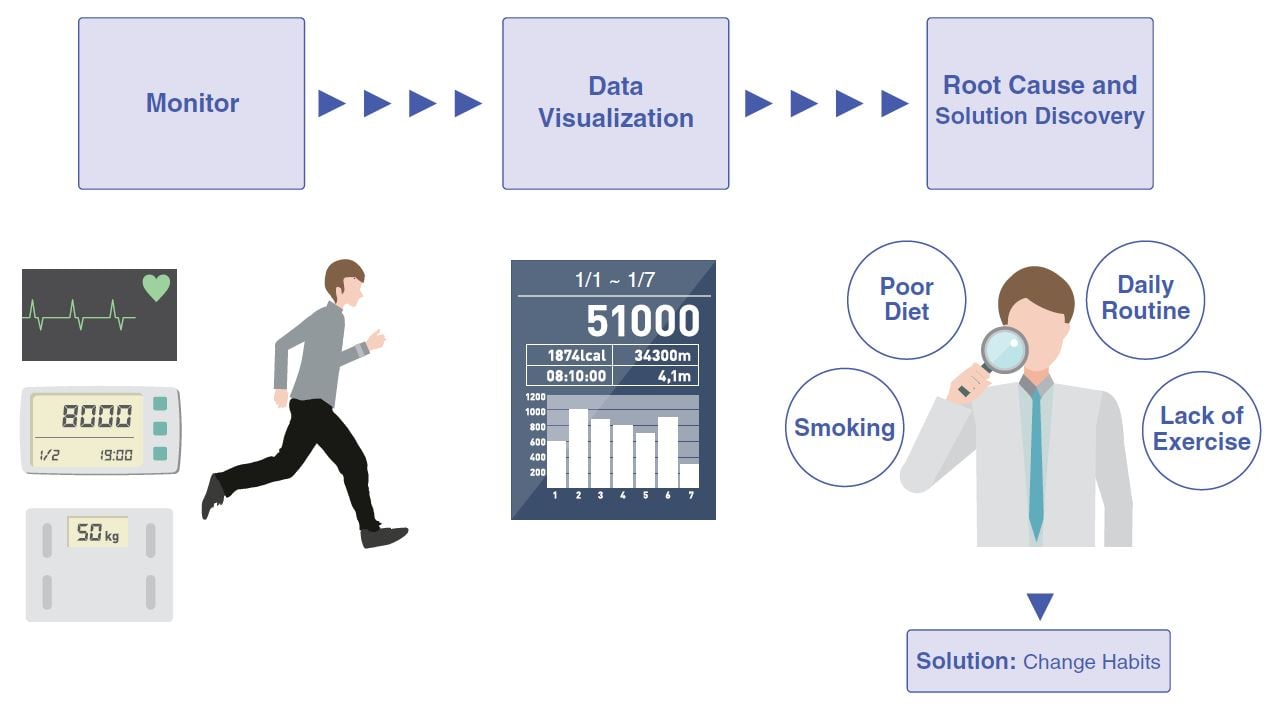
Without a health monitoring device, you need to rely on preventive maintenance and go to the doctor for a checkup every year or so. Similar to machine components, humans have different lifespans based on different factors, so the triggers have to be customized as well.
In our personal lives, predictive maintenance is all around us to help us maintain our own lives. When the battery is low on your hand-held vacuum, it alerts you so you can recharge it before using it. When you're about to forget to pay a bill, automated alerts notify you before you are charged a late fee. With the introduction of the cloud, more data is available than ever.
| Which Method is the Most Effective? |
|
While other methods are less expensive to implement, predictive maintenance can reduce costs in the long run due to the data it gathers. Reactive maintenance is definitely the least cost-effective, and preventive maintenance isn't the most reliable since it can raise costs. The key is customizing specific triggers to determine the end of life for different components. Knowing the true factors that cause failures for different components will help. For example, motor life is often indicated by bearing life, and bearing life can be affected by the type of grease and operating temperature. However, detection of excessive noise and vibration can also be signs of possible failure. Another advantage of predictive maintenance is its ability to combine different triggers. For example, you can monitor temperature, noise, vibration AND mileage for a more accurate determination of end of life for a motor. |
| Verdict: Predictive Maintenance |
With an estimated market share of 31.67%, North America will continue to be the biggest market for predictive maintenance solutions; with Europe following right behind. The below chart represents the predictive maintenance market share for 2017 and 2022.
Connect the Data
Without the collection of data, there is no predictive maintenance. In order to collect data, some type of industrial communication protocol is necessary on a machine component, such as sensors or motion control axes. Once communication is established, then data can be logged and stored continuously. Once data from all axes of motion is collected, you will be able to know everything that's going on in a machine from a centralized location. The idea behind predictive maintenance is that you can make more informed data-driven decisions to replace components at exactly the right time.
Oriental Motor offers predictive maintenance solutions in the form of motors with built-in sensors as well as drivers with built-in industrial communication. For example, the AlphaStep AZ Series features closed-loop feedback with a mechanical absolute sensor in stepper motors and rotary/linear actuators to provide real-time status data and either Modbus RTU, EtherNet/IP, Profinet, or EtherCAT communication capability in the drivers. Protocols such as CC-Link and Mechatrolink can also be connected through a network converter. Real-time status data such as odometer, tripmeter, motor temperature, driver temperature, load factor, and alarm codes can be monitored.
Predictive Maintenance Application Example: INFO-TRIP Output
An example below shows the customized INFO-TRIP output turning on when the value of trip distance [kRev] is equal to or greater than 50,000. Once the operator sees the output, necessary action can be taken to either replace the motor or perform additional checks.
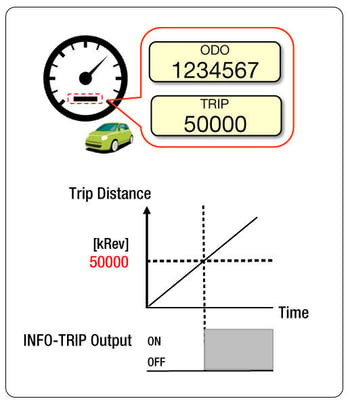
Predictive Maintenance Application Example: Push Button Endurance Test Demo
This video demonstrates predictive monitoring capabilities with a push button endurance test demo.
Feel free to browse and contact our team to discuss our industrial network products.
 |
 |
